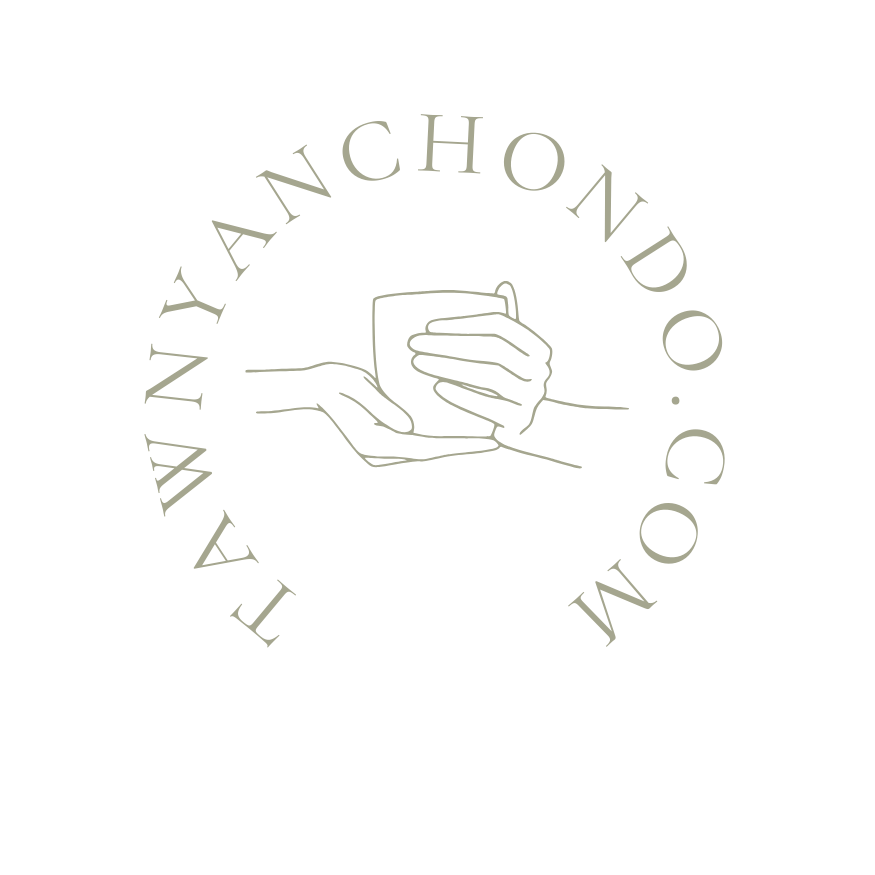15 Sourcing Strategies To Find The Best Talent
Sourcing helps you find the best candidates for your team.
Think of it as going out and hunting for hidden gems in the talent pool: by actively searching and reaching out to potential candidates, we increase our chances of finding those exceptional individuals who may not have found us on their own.
Sourcing allows us to tap into a wider network, discover diverse talent, and bring fresh perspectives to the table. So, it's all about expanding our horizons and finding the perfect fit for your team!
If you missed my last post on the importance of sourcing to find the best talent for your organization, you can find it here, but you can also just dive into the top 15 things your organization can do or have in place to help you find the best candidate for all of your niche roles, from the basics to the more involved and complex methodologies.
1. Job Boards:
Post job openings on popular job boards such as LinkedIn, Indeed, and Glassdoor to attract active job seekers; some applicant tracking systems allow you to integrate this automatically so you do not even have to do any manual work to accomplish this!
2. Social Media:
Leverage social media platforms like LinkedIn, Facebook, Twitter, and Instagram to actively search for and engage with potential candidates.
3. Employee Referrals:
Encourage current employees to refer qualified candidates from their professional networks who may be a good fit for open positions. If your organization currently does not have some kind of referral program or incentive, consider implementing one to increase the use of this talent avenue.
4. Professional Networks:
Utilize networking events, industry conferences, and online communities as a recruiter to connect with professionals in specific fields or industries.
5. Talent Pool/Databases:
Maintain a database of potential candidates who have expressed interest in working for the organization or have previously applied. Find a way to note those you may want to reach out to for future opportunities as they arise.
6. Direct Sourcing:
Proactively reach out to potential candidates directly via email or LinkedIn messages to gauge their interest in future job opportunities. Try to tailor your message to their interests and background, or find some common connection between you in order to effectively engage with your potential candidate.
7. Passive Candidate Engagement:
Build relationships with passive candidates who may not be actively looking for new opportunities but have desirable skills and experience. You never know when they may need to look for new opportunities- it is better to play the long game than lose it altogether.
8. University/College Recruitment:
Collaborate with educational institutions to attract graduates and entry-level talent through career fairs, campus events, and internships.
9. Industry Associations and Groups:
Engage with professional associations and industry-specific groups to connect with individuals who have expertise and interest in a particular field. Some examples include NSBE, SWE, and AAUW.
10. Talent Agencies and Headhunters:
Partner with external recruitment agencies or headhunters who specialize in sourcing and attracting top talent for specific industries or roles.
11. Online Talent Marketplaces:
Utilize online platforms that connect freelancers, contractors, and specialized professionals with organizations in need of their skills and expertise.
12. Talent Mapping:
Conduct research and analysis to identify and map out potential talent pools for specific roles or industries, including competitor organizations.
13. Employer Branding:
Build a strong employer brand and reputation to attract candidates who are interested in working for the organization based on its values, culture, and reputation. For more information on talent branding, check out my post here.
14. Job Advertisements:
Place advertisements in print media, online job portals, industry-specific publications, and other relevant platforms to reach a wider audience.
15. Talent Acquisition Software:
Utilize applicant tracking systems (ATS) and other software tools that help streamline the sourcing process, manage candidate databases, and track recruitment metrics.
It's important to note that each organization's sourcing methods may vary based on their industry, target candidate pool, and specific hiring needs. A combination of these methods, tailored to the organization's requirements, can maximize the effectiveness of talent acquisition sourcing efforts.





